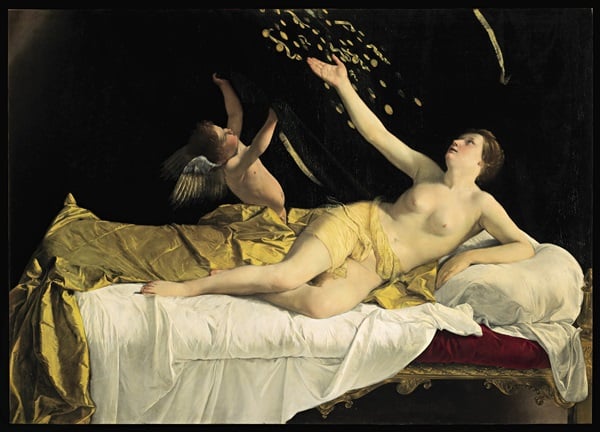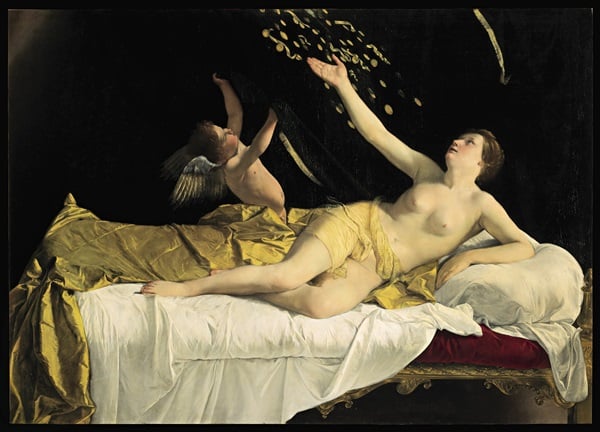Analysis
Sotheby’s to Sell a $35 Million Old Master Painting Once Embroiled in a Legendary Legal Fight
It was an epic battle between collectors.

It was an epic battle between collectors.

Eileen Kinsella


Orazio Gentileschi‘s Danaë (1621) will arrive at Sotheby’s New York this January with an estimate of $25 to $35 million. The 17th-century painting provides a lens to reflect on just how far the Old Masters market has come in the past few decades.
The painting, which has an extensive exhibition history, including shows at the Getty, the Metropolitan Museum of Art, and Yale University, also has an interesting past in terms of provenance. In the late 1970s it was the target of a legal fight between the powerful but notoriously difficult California collector Norton Simon, and esteemed New York art dealer and collector Richard Feigen.
The tussle over the work reflects Simon’s outsize ego and the often torturous negotiations he put art dealers through in the process of assembling the prestigious collection that eventually formed the basis for what became his eponymous museum in Pasadena. In her 1998 book, Odd Man In: Norton Simon and the Pursuit of Culture, art writer and former Los Angeles Times reporter Suzanne Muchnic chronicled Simon’s journey to becoming a self-made millionaire as well as his exploits in the art world, including his often byzantine negotiations and demands—which included the work in question.
Danaë was commissioned from the artist in 1621 by a Genoa-based collector named Giovanni Antonio Sauli. According to Sotheby’s catalogue it was passed down through the family and eventually landed in a private UK collection before it was acquired by London dealer Thomas P. Grange. In 1977, Simon took an option to purchase the work from Grange for £300,000.
Muchnic says Simon eventually returned the painting to Grange, who agreed to extend the purchase option, while also soliciting the opinion of an expert named Denis Mahon. When Simon learned that Mahon had endorsed the opinion of another expert who said the painting was an earlier copy of a version, by the same artist, hanging at the Cleveland Museum of Art, Simon sent Grange a telegram, informing him that he would exercise his option to buy the work. “But—as was often the case with Simon—the deal wasn’t that easy,” writes Muchnic. The extended option “expired at midnight on Saturday, 29 October, 1977.” Simon’s telegram from California was sent at 5:41 Pacific Standard Time on that day, which meant that it was already past midnight on Sunday, October 30, London time.
It was too late. Grange called Simon to inform him that he sold the artwork to another buyer. Simon accused Grange of collusion, and, for the ensuing month, launched a volley of allegations, investigations and meetings with his attorneys. He sued both Grange and the buyer, Feigen, claiming breach of contract and seeking punitive damages. Grange died while the suit was still pending, and Simon then pursued his widow, Marie Thérèse.
In December of 1978, a settlement was reached. Feigen kept the painting but he and Grange’s widow paid Simone £100,000 in punitive damages. “Exasperating as Simon could be, most dealers put up with him because of his taste and his buying power,” wrote Muchnic.
The work has been consigned as property of a family trust that is set up to benefit the dealer’s children.
In an email to artnet News, Old Master expert Robert Simon weighed in on the painting, writing, “It is quite simply one of the most splendid Baroque paintings in private hands.”
Until just a few weeks ago, the artwork was on loan to the Metropolitan Museum of Art in New York. At the end of the month, it will be on view in Sotheby’s New York headquarters (October 30), along with works from the collection of A. Alfred Taubman.